Coating implantable electronics in the polymer PEDOT can extend their life, which could make more common in the future.
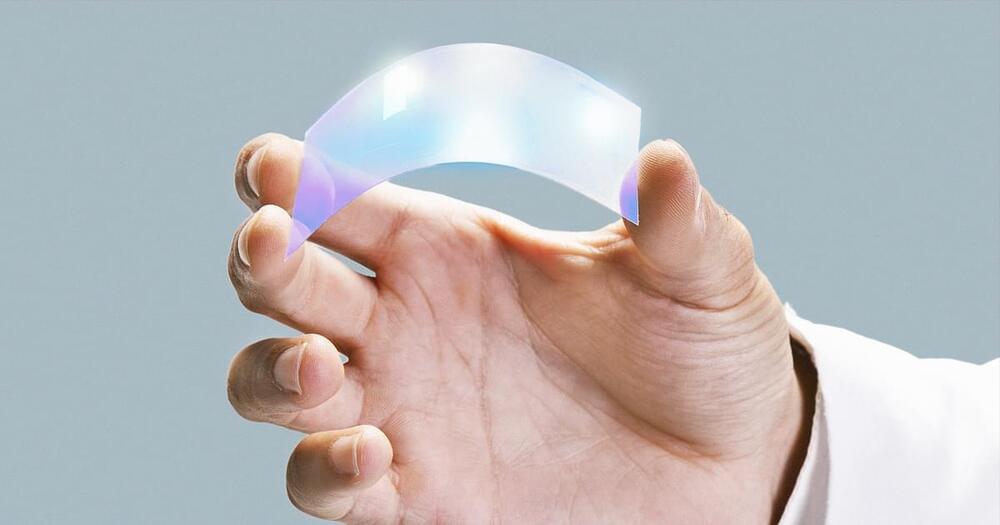

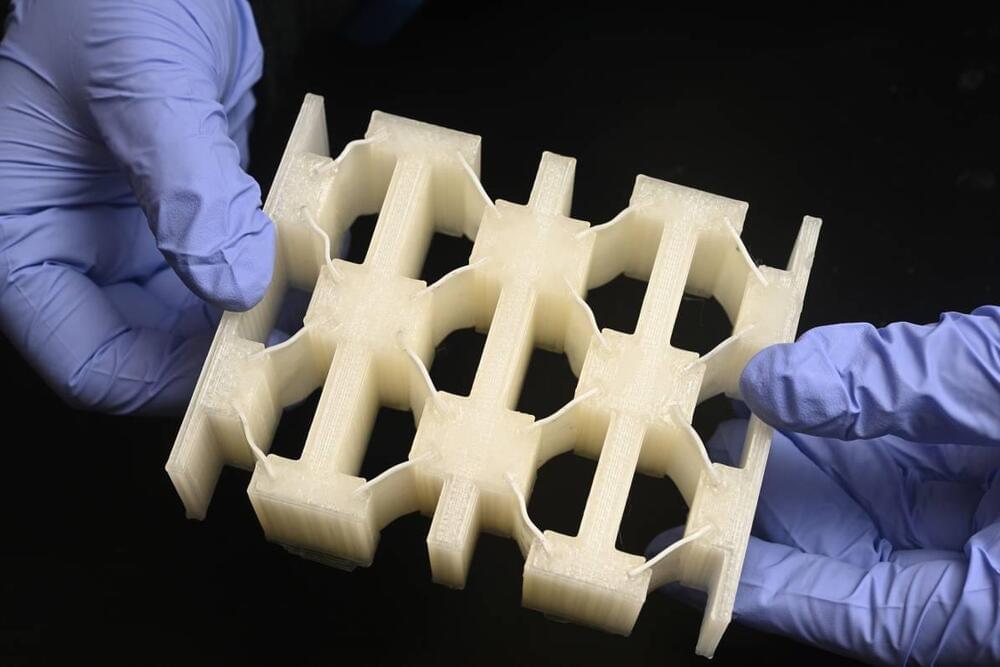
Researchers at Johns Hopkins University have developed a new shock-absorbing material that is super lightweight, yet offers the protection of metal. The stuff could make for helmets, armor and vehicle parts that are lighter, stronger and, importantly, reusable.
The key to the new material is what are known as liquid crystal elastomers (LCEs). These are networks of elastic polymers in a liquid crystalline phase that give them a useful combination of elasticity and stability. LCEs are normally used to make actuators and artificial muscles for robotics, but for the new study the researchers investigated the material’s ability to absorb energy.
The team created materials that consisted of tilted beams of LCE, sandwiched between stiff supporting structures. This basic unit was repeated over the material in multiple layers, so that they would buckle at different rates on impact, dissipating the energy effectively.
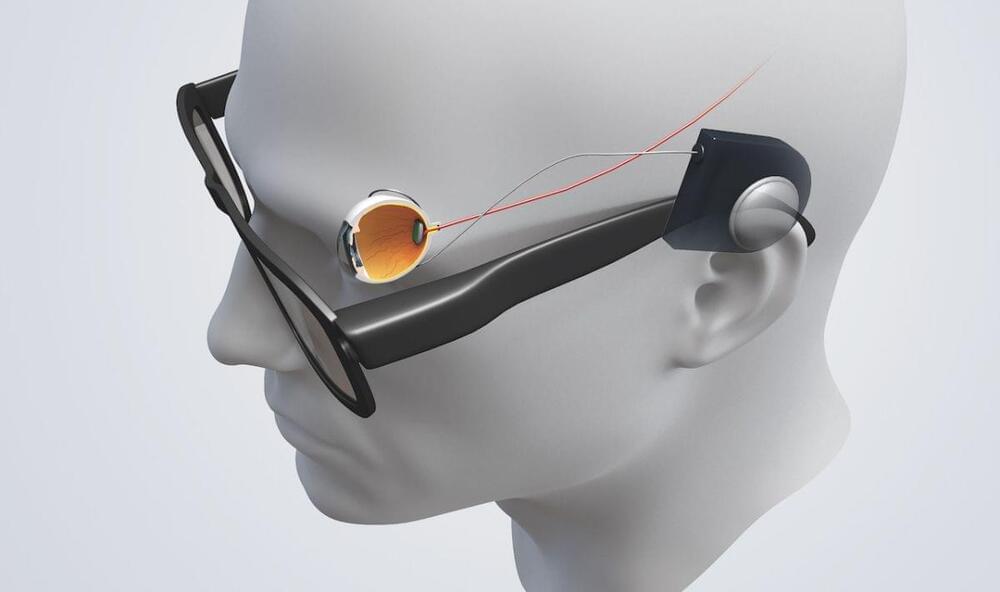
This technology has to translate images into something the human brain can understand. Click the numbers in the interactive image below to find read about how this works.
There are a whole range of conditions, some which are picked up due to the aging process and others which may be inherited, that can cause sight deterioration.
Bionic eyes work by ‘filling in the blanks’ between what the retina perceives and how it is processed in the brain’s visual cortex, that breakdown occurs in conditions which impact the retina. It is largely these conditions which bionic eyes could help treat.
http://www.homomimeticus.eu/
Part of the ERC-funded project Homo Mimeticus, the Posthuman Mimesis conference (KU Leuven, May 2021) promoted a mimetic turn in posthuman studies. In the first keynote Lecture, Prof. Kevin Warwick (U of Coventry) argued that our future will be as cyborgs – part human, part technology. Kevin’s own experiments will be used to explain how implant and electrode technology can be employed to create cyborgs: biological brains for robots, to enable human enhancement and to diminish the effects of neural illnesses. In all cases the end result is to increase the abilities of the recipients. An indication is given of a number of areas in which such technology has already had a profound effect, a key element being the need for an interface linking a biological brain directly with computer technology. A look will be taken at future concepts of being, for posthumans this possibly involving a click and play body philosophy. New, much more powerful, forms of communication will also be considered.
HOM Videos is part of an ERC-funded project titled Homo Mimeticus: Theory and Criticism, which has received funding from the European Research Council (ERC) under the European Union’s Horizon 2020 research and innovation programme (grant agreement n°716181)
Follow HOM on Twitter: https://twitter.com/HOM_Project.
Facebook: https://www.facebook.com/HOMprojectERC

Not long ago, Formlabs launched a new ESD Resin specifically for applications that need to keep parts safe from electrostatic discharge (ESD). Now, the double unicorn has announced the latest member of its selective laser sintering (SLS) range of materials—the new high-performance Nylon 12 GF Powder. Good for 3D printing engineering and manufacturing functional prototypes and end-use parts that require thermal stability and structural rigidity, the newly launched material offers excellent stiffness and is the latest meant for use with the Formlabs Fuse 1 industrial SLS 3D printer, which was released last year.
Formlabs’ Nylon 12 GF powder makes it possible to 3D print parts that are thermally stable, and can maintain their dimensional accuracy under load. In the past, glass-filled Nylon materials have been used for a variety of applications, such as 3D printing a scale model, a prosthetic drum stick, a bike rack, loudspeakers, and even a bar! This particular material—one of many Formlabs is planning to introduce for its industrial Fuse 1 3D printer—is said to be a good choice for printing threads and sockets, strong jigs and fixtures, parts subjected to high temperatures and sustained loading, functional prototypes for compsite parts, and replacement parts.
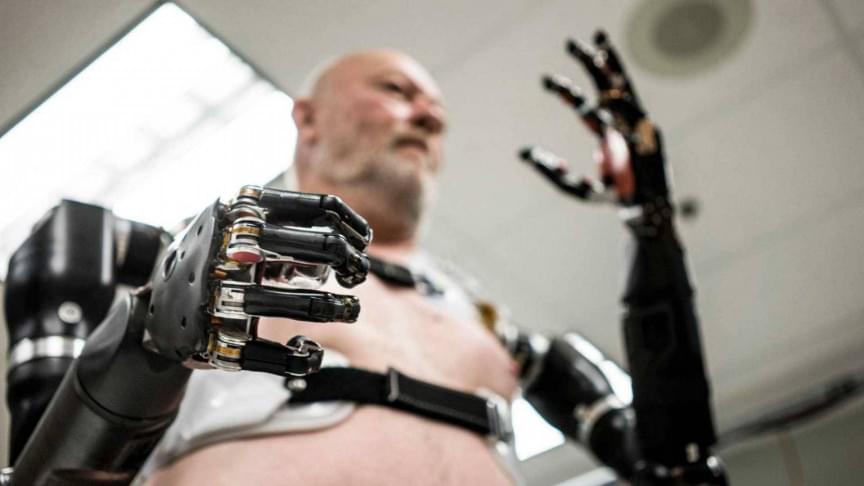
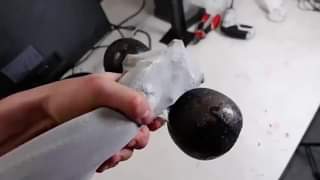

Can a newly Invented “bionic” pacemaker reverse heart failure that impacts an estimated 30 million globally with 50% dying from it within five years of diagnosis?
Mimics how our normal heart responds to changes in respiration rates and activity and could reverse congestive heart failure for millions.
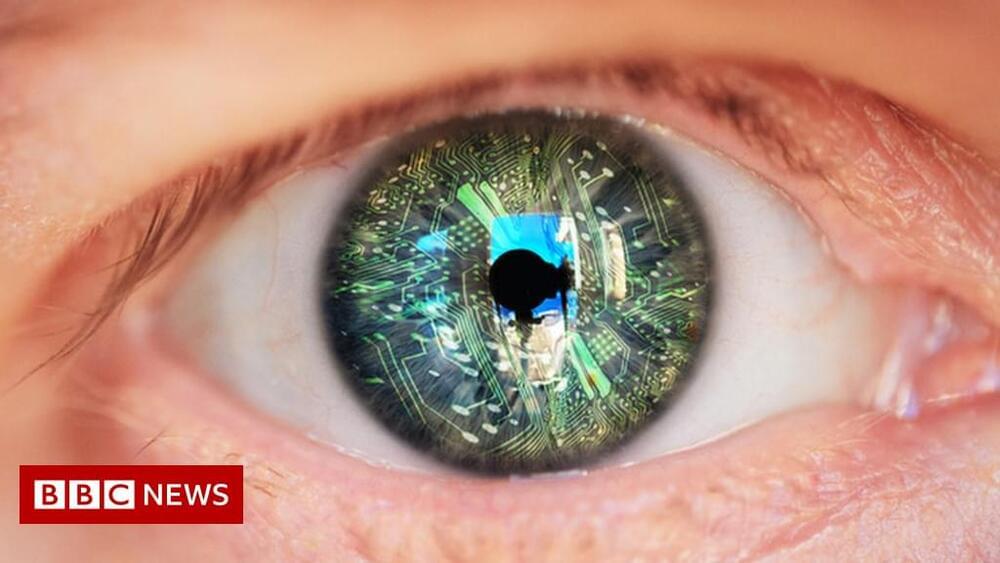
A revolutionary pacemaker that re-establishes the heart’s naturally irregular beat is set to be trialed in New Zealand heart patients this year, following successful animal trials.
“Currently, all pacemakers pace the heart metronomically, which means a very steady, even pace. But when you record heart rate in a healthy individual, you see it is constantly on the move,” says Professor Julian Paton, a lead researcher and director of Manaaki Manawa, the Centre for Heart Research at the University of Auckland.
Manaaki Manawa has led the research and the results have just been published in the leading journal Basic Research in Cardiology.